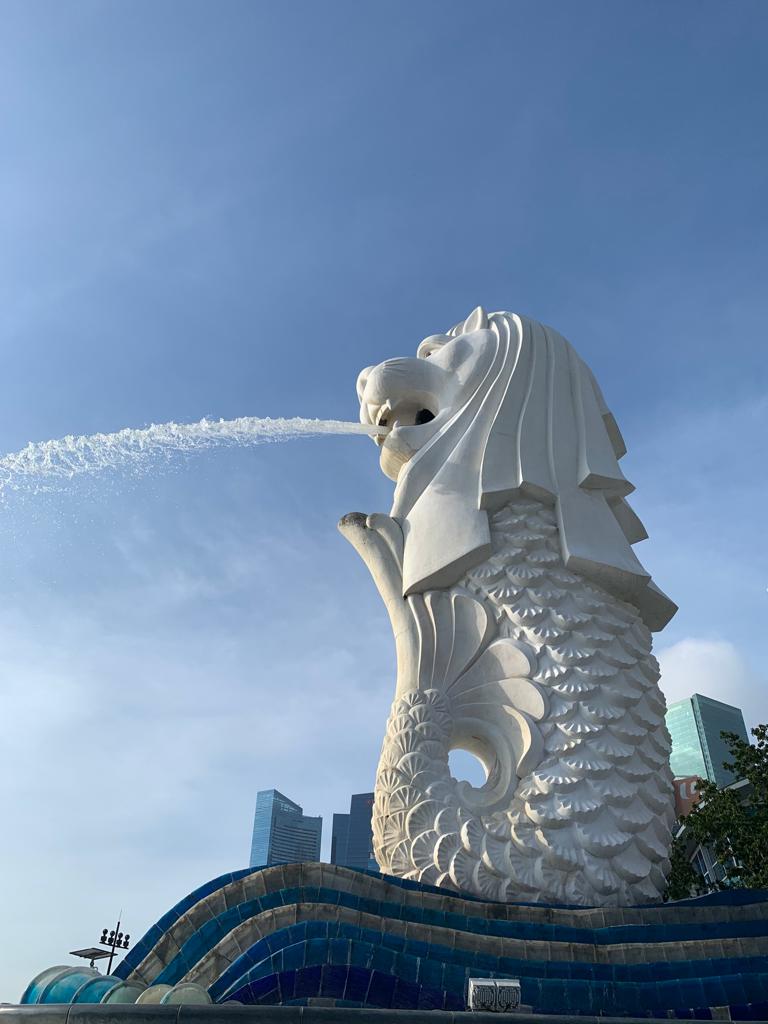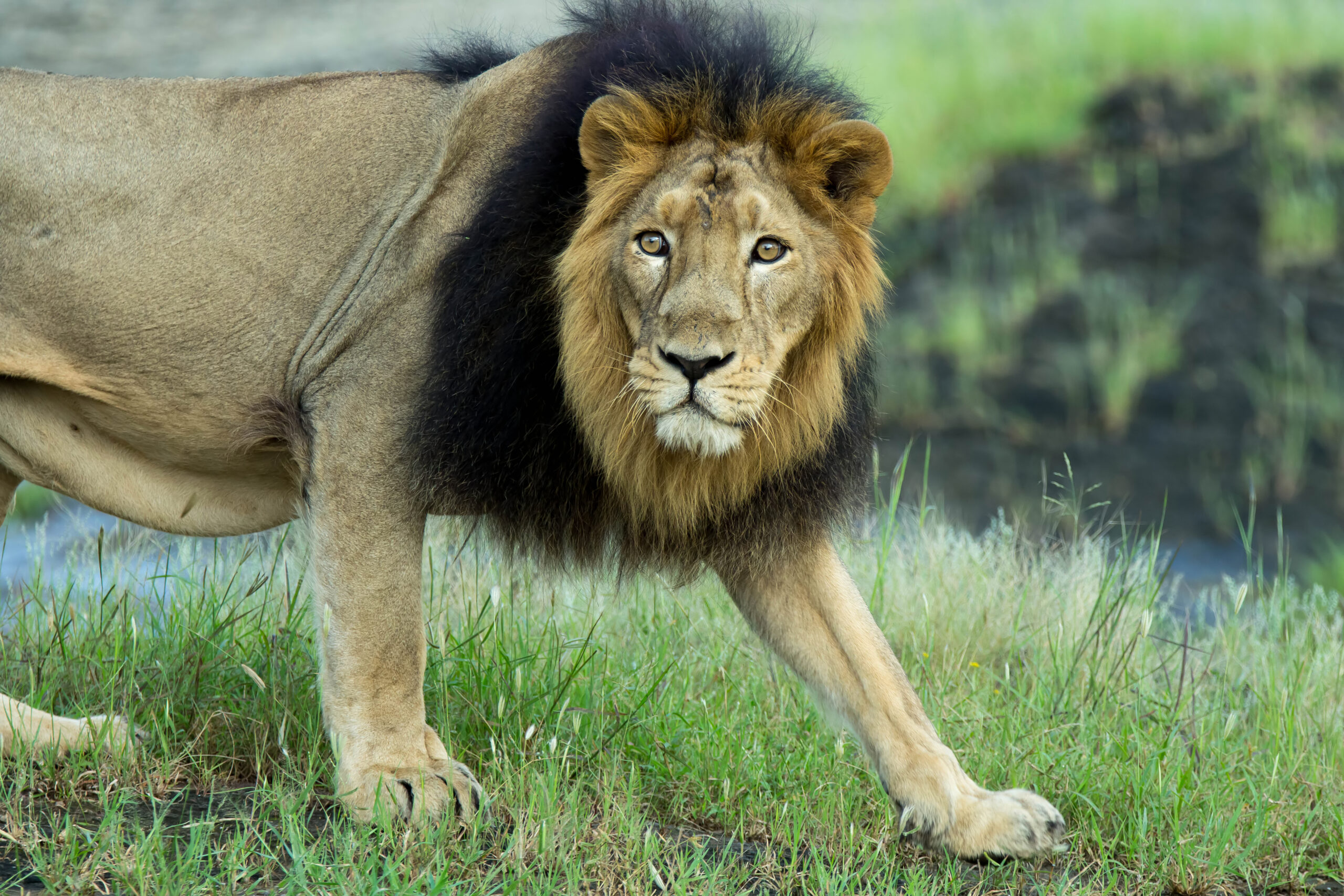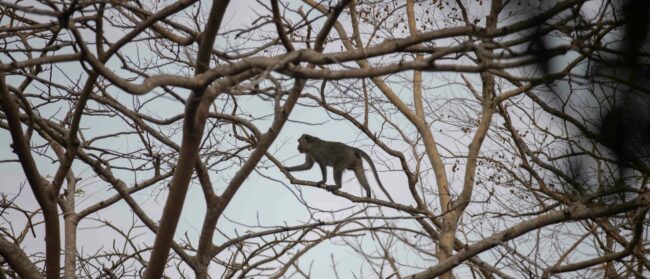Legend claims in the 12th century, Sang Nila Utama, a Srivijayan prince, caught sight of an exotic animal while hunting on an island on the tip of the Malay Peninsula. His advisors believed the beast’s speed, stature and strength matched those of a lion.
The encounter, and the animal’s auspicious associations with courage and strength, led the Sumatran royal to build a city on the site named Singapura, from the Sanskrit words simha, for lion, and pura meaning city.
In the 21st century, lion sightings are increasingly rare. Categorised as “critically endangered” on the International Union for Conservation of Nature’s Red List of threatened species, the species has fallen victim to the illegal wildlife trade, poaching and trophy hunting. There are an estimated 23,000 lions left in the wild, with only a few hundred of those in Asia, around the Gir Forest in India.
The veracity of Sang Nila Utama’s discovery has also dwindled.

The “closest known distribution of wild lions exist in western India so it’s highly unlikely that they ever existed in Singapore,” said Hwang Wei Song, curator of the entomological collection at Singapore’s Lee Kong Chian Natural History Museum, National University of Singapore.
Yet the mistaken identity has triggered a world-recognised national brand, from the island’s moniker “Lion City” to the mythical Merlion mascot, a blend of Utama’s lion and a fish tail representing Singapore’s origins as a fishing village. Its popularity has earned the lion recognition as the city-state’s unofficial national animal.
This identity mix-up has also motivated conservation efforts within and outside of Singapore. Mandai Wildlife Group, the organisation in charge of the city-state’s main wildlife parks, contributes towards conservation efforts to protect African and Asiatic Lions, including research and breeding programmes in Mandai’s parks.
“We must work through stronger collaborations to identify gaps and develop more capacity for the conservation of key biodiversity areas that are home to highly threatened species,” said Sonja Luz, deputy CEO at Singaporean nonprofit organisation Mandai Nature and vice president of conservation, research & veterinary at Mandai Wildlife Group.
The lion’s fame has also inspired conservationists on the island to look out for other vulnerable species.
“One way Singaporeans can protect lions is to be up to date on various issues faced by animals where lions are found,” said Kalai Vanan, co-chief executive at the Animal Concerns Research and Education Society Singapore. “For example, we can educate more people about how elephants are poached for ivory [or] how pangolins in Africa are poached for their scales.”

There is an existential urgency accompanying these conservation efforts.
As Luz pointed out, island states like Singapore are the most vulnerable to climate change. Threats to wildlife mean disruption to the delicate balance of biodiversity, food chains, pest control and seed dispersal comprising natural ecosystems.
“Singapore doesn’t have a lot of its original natural vegetation cover anymore,” said Frances Loke, programme manager at the Singapore branch of environmental organisation Conservation International. “We lost about 90% of that after colonial times and I believe that it is critical for Singaporeans to realise that they have to protect what little there is left.”
The urban nature of Singapore also raises concerns about lack of awareness as concrete jungles have replaced what was once forest and swampland. But the country’s position as a rising global technology hub has bestowed an advantage. Access to online dialogue and social media is a key way to raise awareness of endangered species and those that don’t live locally, according to Vanan.
“Urban populations’ exposure to social media can help to spread awareness,” he said. “More people are doing wildlife photography and sharing [their photos] on social media as well.”
What Singapore’s legendary founder encountered on his arrival is still up for debate.
Popular contenders are the Asian Golden Cat, a feline native to southern China and Southeast Asia whose numbers are estimated to have fallen to the dozens, or the tiger, common in the city-state throughout the 19th century until they were hunted to extinction in the 1930s.
While the true identity behind Singapore’s unofficial national animal and popular national mascot remains a mystery, experts are certain a holistic approach to conservation will boost an overall awareness and commitment to wildlife welfare in the Lion City.
“Many animals are threatened due to shrinking habitats. Very often, it helps to focus on a region instead of a species,” Vanan said. “We have come a long way but still have much to do.”
This article is part of Southeast Asia Globe’s World Wildlife Day Special series.


